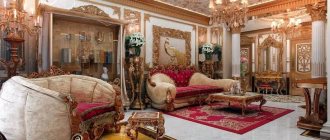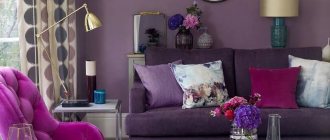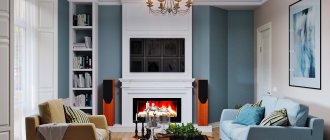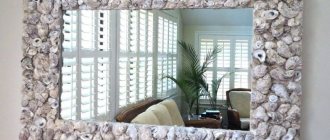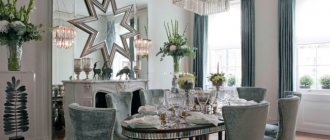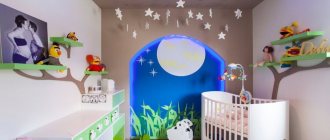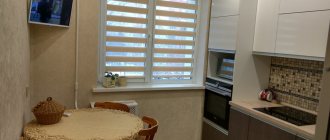Every country and every culture has a unique style when it comes to interior design. But with globalization, the world is increasingly interested in inspiring different cultures. The Arabic style is perhaps the most prominent ethnic style in both architecture and interior design. Created and developed under the strong influence of Islam, Arab-Muslim culture, however, has retained its identity and integrity. Today, the Arabic style has more and more fans in Europe due to the clear trend towards luxury and elegance.
There is a misconception that some interior design styles are easy to achieve. Some believe that hanging cherry blossom paintings or using beds and low tables is enough to call the interior "Japanese style", or using carpets, curtains and silks for an Arabian style.
In fact, Arabic interior style , like other design themes, means much more. This means developing rules, studying the traditions of the people concerned (which go back several thousand years) and applying them even on a smaller scale.
You don't need to follow this theme throughout your entire living space, just decorating a living room or bedroom is enough, but do it in a pure Arabic style, where the houses are full of details, with many luxurious items, with extravagant and exotic furniture that makes you feel like you are just walking into castle.
Arranging a room in an oriental style involves the use of numerous decorative accessories, colored textiles, in which floral and geometric motifs predominate, and which can be arranged in an unusual way on the floor, on the walls and even on the ceiling of the room. Creating a mystical, whimsical atmosphere is what Arabic interior design knows best, allowing you to use any luxury item in any room you want.
Few design styles can match the Arabic style's ability to transform a bland, seemingly empty space into a luxurious one using layers of color and texture.
Oriental style in the interior characteristic features
This style includes a combination of several cultures of Arab and Asian regions: Japan, India, China, Morocco, Iran, Turkey, emphasizing the specifics of different countries.
Attention, advice! The main thesis of Eastern culture is the creation of a calm, cozy environment at home to create an atmosphere of rest, comfort and relaxation.
Among the main features of this direction it is worth noting:
- There are no straight surfaces or lines.
- Brightness and contrast in the finishing of surfaces and decorative elements.
- High vaulted ceilings.
- The presence of drapery, textiles, and upholstery fabric in the interior.
- Availability of good lighting.
- The presence of such decorative elements as embossing, mosaics, ceramics.
Idea! Asian design is a combination of a minimal amount of furniture and decor with good lighting. Add bright colors like orange, red, yellow to your interior and you can't go wrong.
Basic directions of oriental style
The concept of “Asian style” itself includes five areas:
- Bright colors;
- Smooth outlines;
- Luxury in all decorations;
- Dome-shaped;
- Not a hint of the depiction of living beings.
Natural materials such as metal, stone, wood, and textiles are mainly used. First, paint is applied to the plastered surface, and then painting. The motives for painting are inscriptions, landscapes, buildings, and ornaments. Often the interior contains mosaics, geometric shapes, and floral motifs.
Among the characteristic features of this style, it is worth noting the absence of sharp corners, the presence of laconic and simplified forms, attention is focused on the unity of nature and man.
If we consider countries separately, then, for example, China is characterized by the presence of wood products and the presence of multifunctional furniture. The interior contains many figurines, fans, products and decorations made of bamboo.
The Moorish interior contains columns, arches, and an abundance of textiles. Huge spatial rooms are subject to symmetry, and the rooms have many interior features.
The African direction places emphasis on the unity of nature with man, the return of man to his roots. In dimly lit rooms there are a lot of animal skins, leopard prints, and a mixture of different textures.
Read
